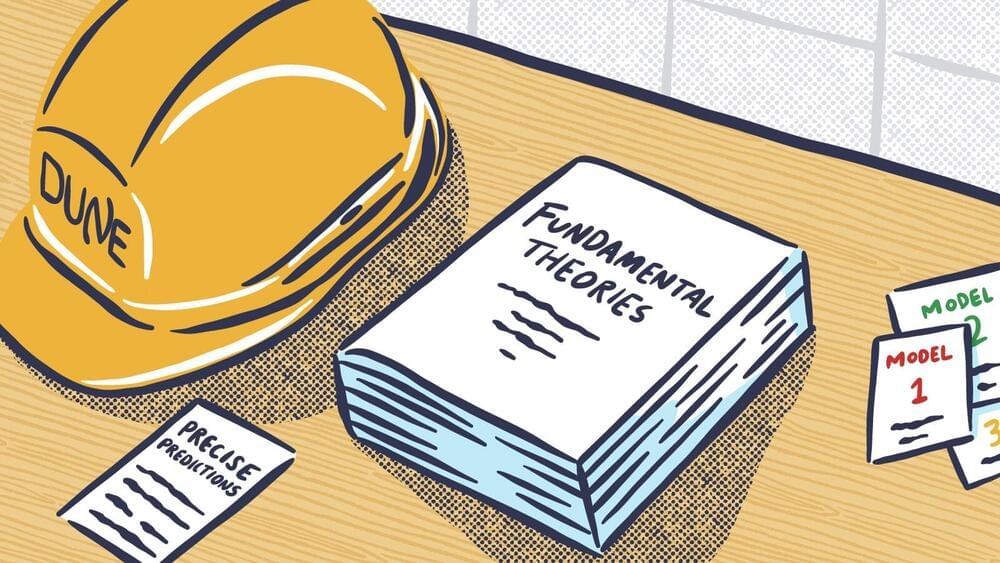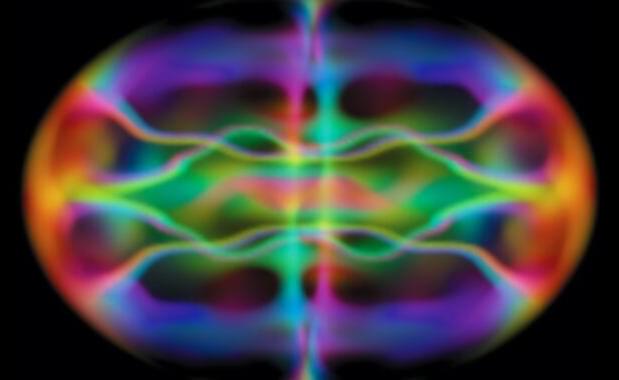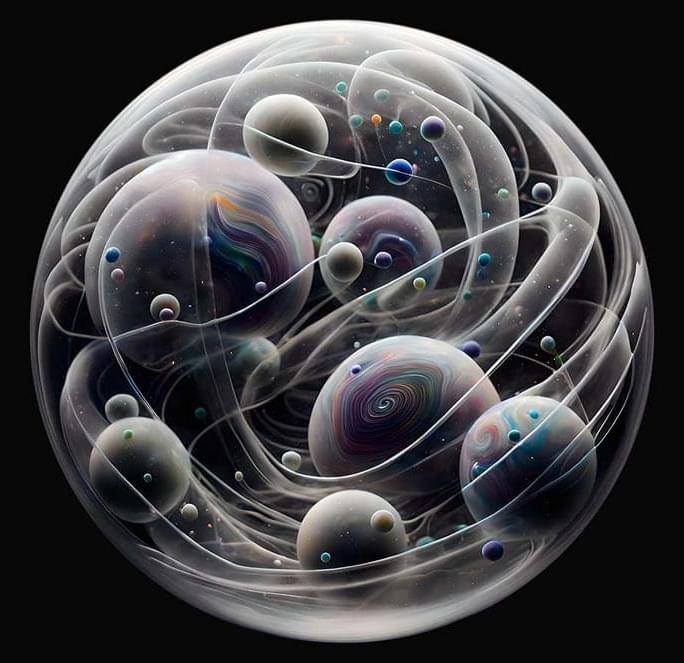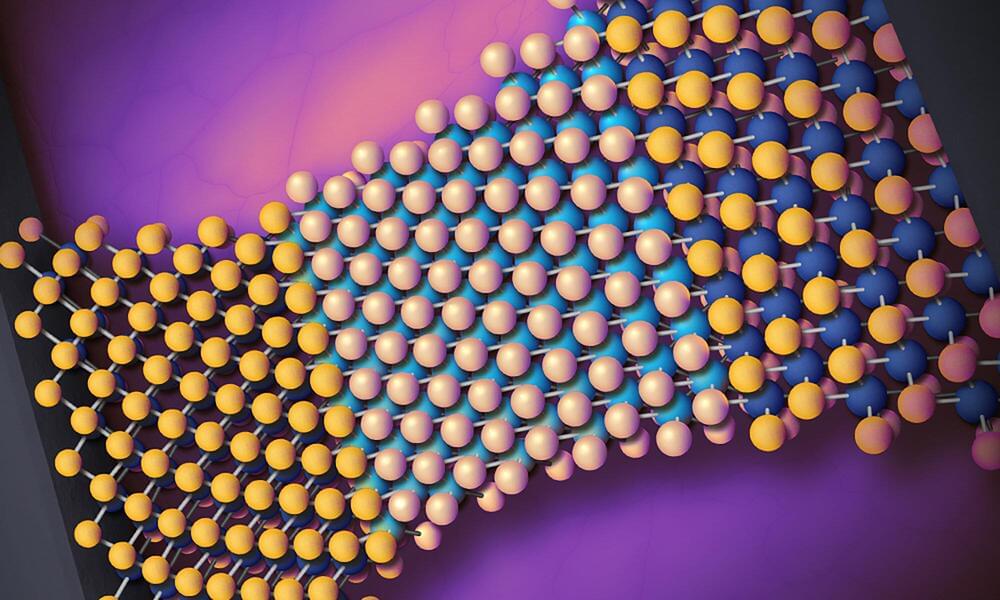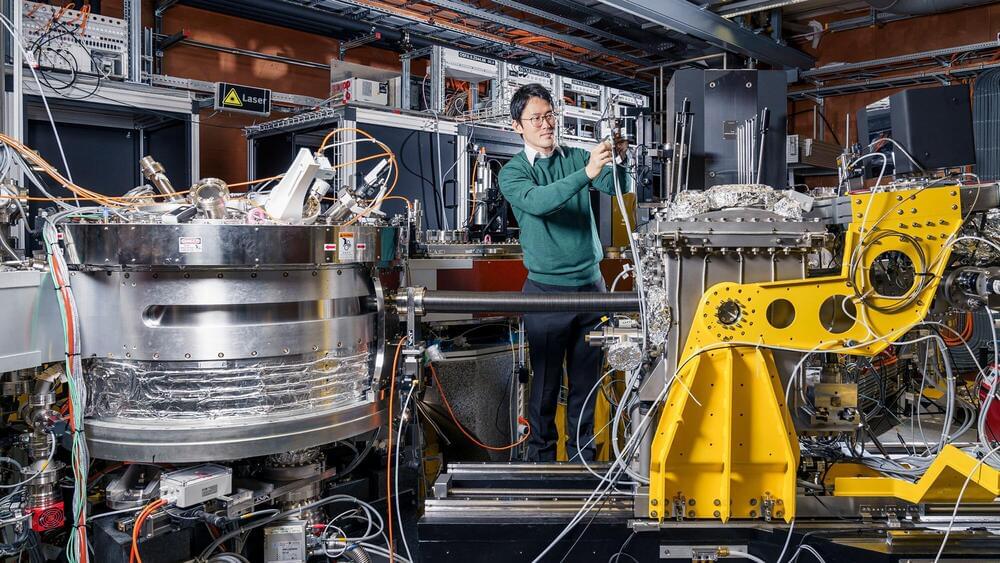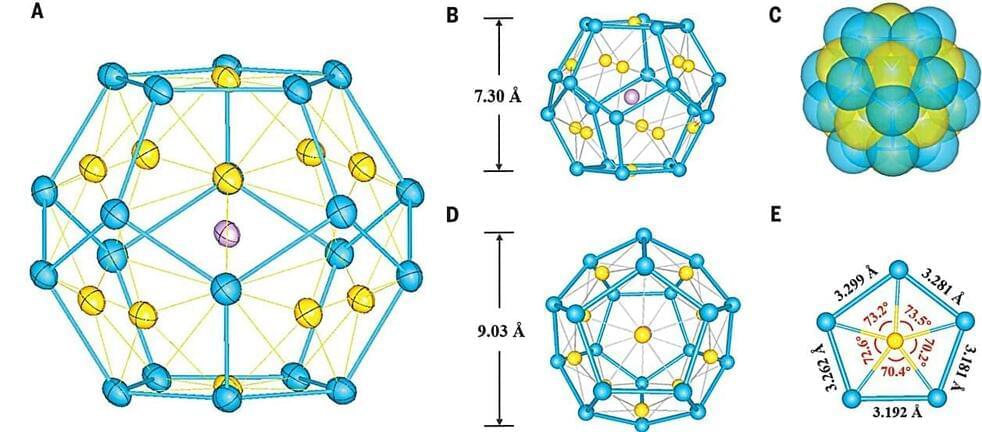On July 21, 2017, a group of dignitaries, scientists and engineers gathered in Lead, South Dakota, to hold a unique groundbreaking ceremony—at a research institution in a former gold mine, about one mile underground. The ceremony marked the beginning of construction for the Deep Underground Neutrino Experiment.
DUNE will study neutrinos, fundamental particles of matter that are abundant across the universe but difficult to catch. Over 100 trillion of them flow harmlessly and undetectably through your body each second.
Neutrinos come in three flavors—electron neutrinos, muon neutrinos and tau neutrinos—and they oscillate between those flavors as they travel. This means that a neutrino first produced as an electron neutrino can become a muon or tau neutrino.
